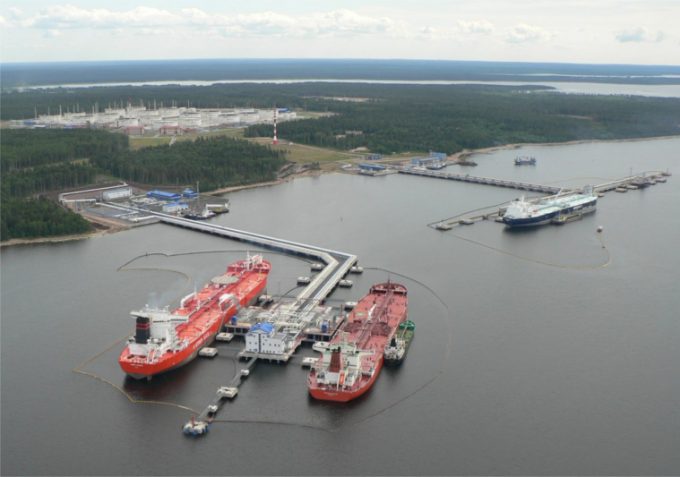RZD profits rise as more freight traffic moves to the railways
Russia is continuing to develop its rail freight capacity, part of its eastern pivot after ...

Primorsk, Russia’s major Baltic oil port and the end-point of its Baltic Pipeline System, is on the verge of seeing construction start that will transform the port into a multi-purpose facility for up to 3m teu annually.
Dubbed Primorsk Universal Port Complex (PUPC), it will be built on a 760ha plot, some 1.5km southeast of the existing oil harbour. The new port will have several dedicated terminals, including a container-handling facility with an annual capacity of 2m teu initially, rising to ...
Outlook for container shipping 'more uncertain now than at the onset of Covid'
Teamsters union vows UPS will be 'in for a hell of a fight' over jobs cull
Shippers warned: don't under-value US exports to avoid tariffs – 'CBP will catch you'
Cancelled voyages take the sting out of spot rate declines this week
New Houthi warning to shipping as rebel group targets specific companies
K+N CEO unveils impact of US import tariffs on China-origin goods
Blanked sailings in response to falling demand 'just a stop-gap solution'
CMA CGM to reflag box ship as the French carrier eyes growing Indian market
More pressure on transpacific rates as carriers bet on a China-US trade deal
Boeing looks to resell up to 50 aircraft rejected by Chinese buyers
'Strong start' to 2025, despite market uncertainty, says Kuehne + Nagel
US Customs chaos means 'more downside risk than upside potential' for air cargo
Taiwan ministries act to mitigate effect of trade war on agriculture exports
Wan Hai joins box shipping 'arms race', but avoids Chinese yards for newbuilds
MOL signs up with Climeworks for direct air carbon capture and storage

Comment on this article